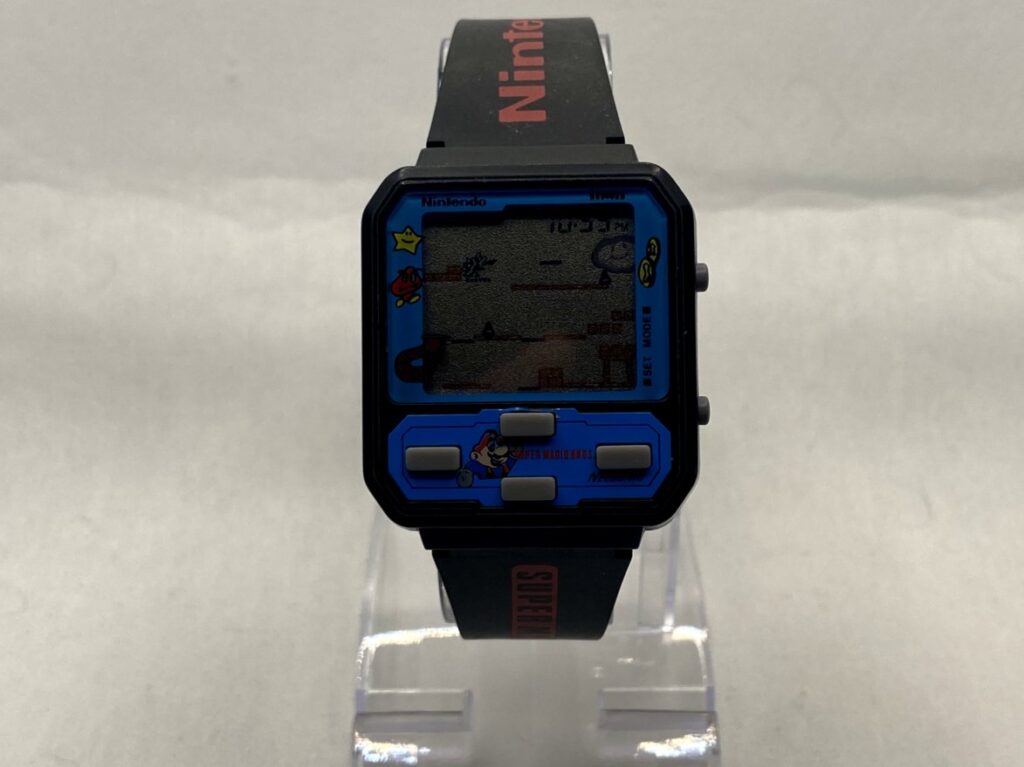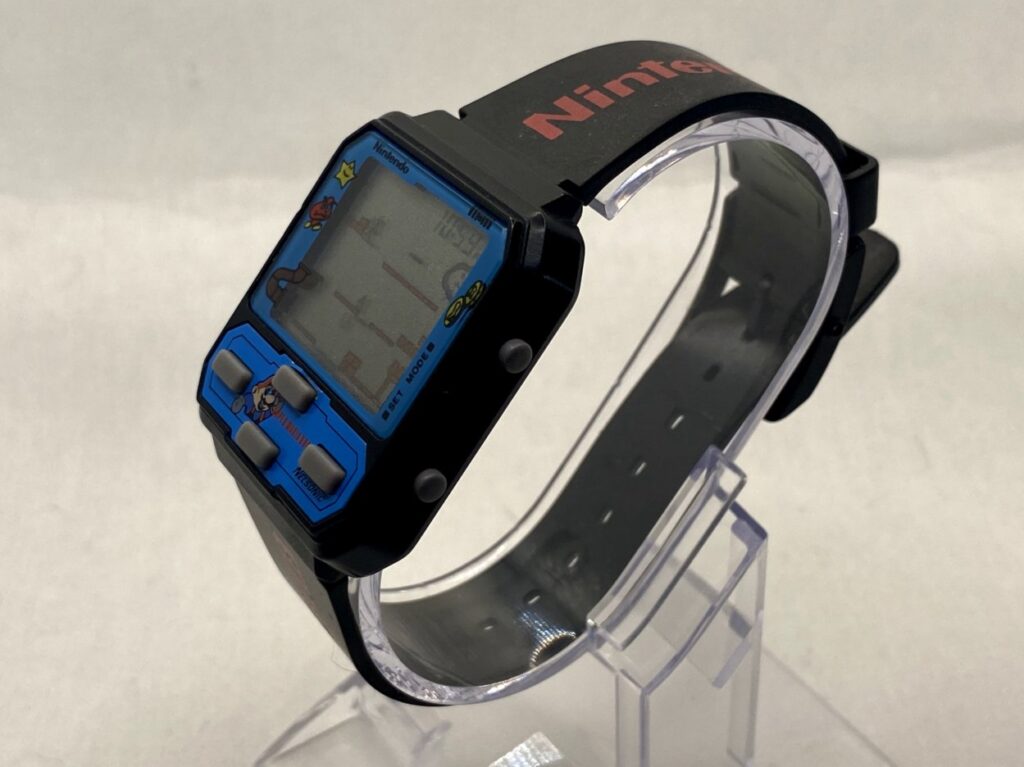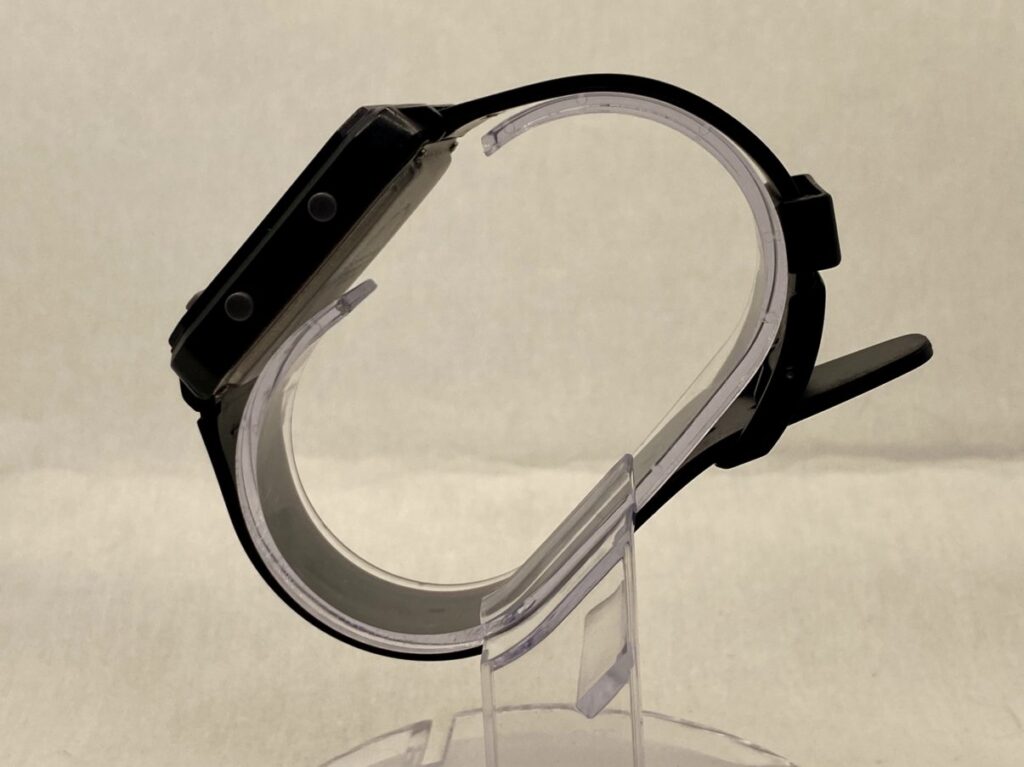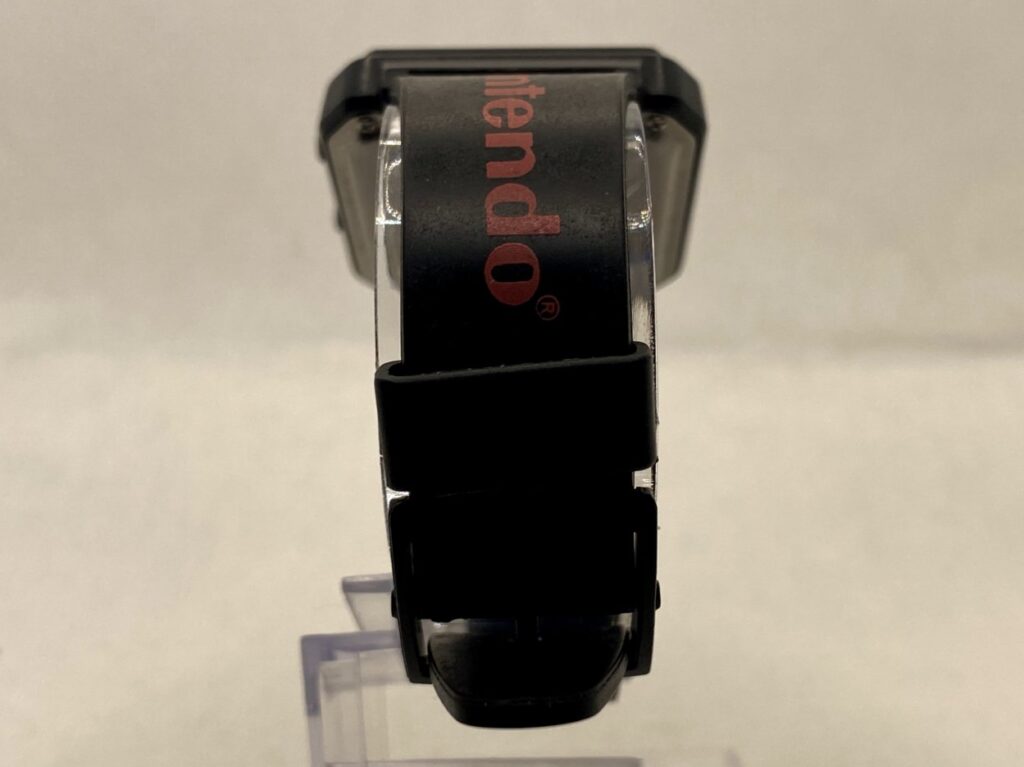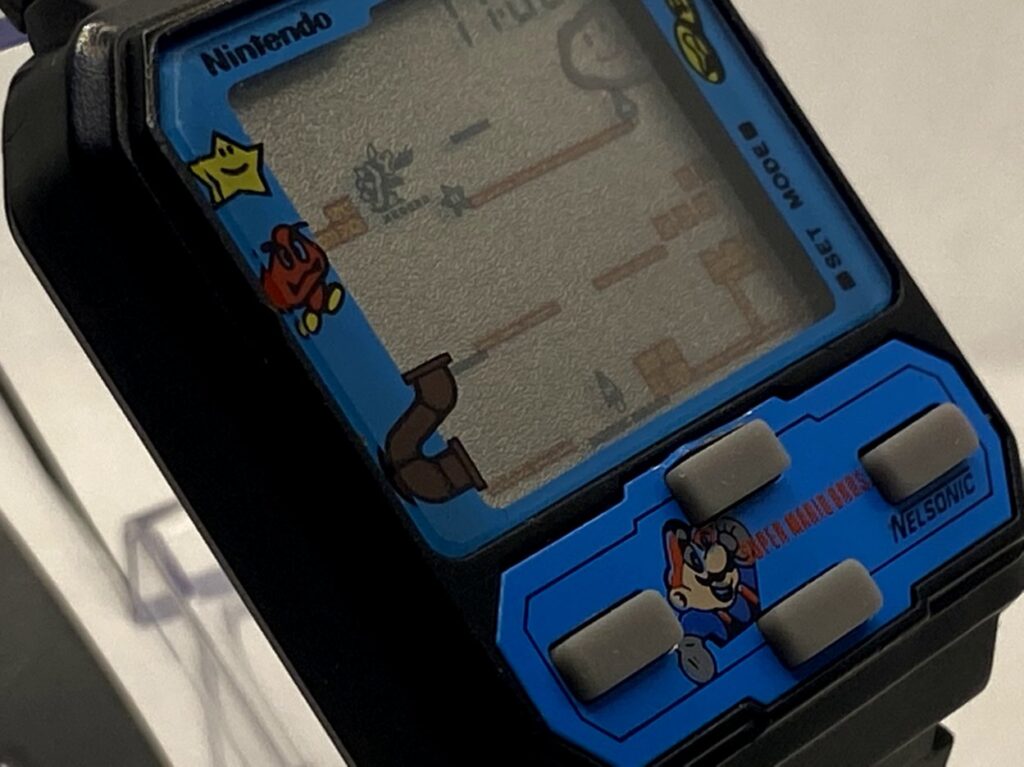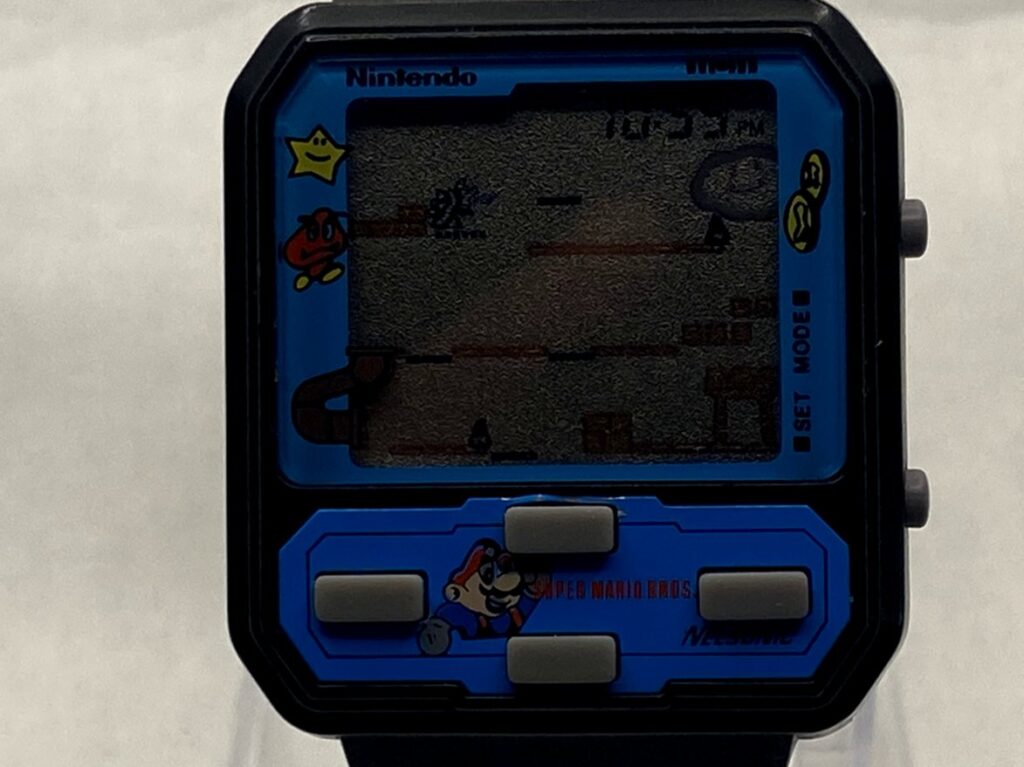How Mario, Zelda, Pac Man Became Game Watches
January 24, 2021Handheld gaming has been around for about 40 years, but wrist gaming has been around nearly as long.
As far as I can tell, the first game watch released came out in 1977. The Monte Carlo game watch included jackpot, dice, and roulette games and was released by Unitrex. By 1980, massive watch company Casio was creating its own line of game watches.
But for many ’80s kids, playing games on a watch meant owning one of those colorful (sometimes reviled) Nelsonic Nintendo games. Nelsonic’s deep dive into game watches — starting with a Space Invaders knock off and growing to include the biggest game franchise in the world — is a fun bit of gaming history.
Years ago, I had the pleasure of speaking with Bernard Frieder about his work at Nelsonic, and in particular about his work on the company’s expansion into game watches.
Nelsonic was, when it started, a small family business founded by Nazi Germany refugee Michael Berger, who joined with his wife’s brother as a partner to create the company.
Frieder worked for the company for about eight years, he told me, the first half of which was spent as a part-time employee who focused on the company’s Christmas catalog division.
The catalog division focused on the sales of personalized gifts — sort of alongside the main business of selling watches and other timepieces through national and regional chain stores.
About four years into his tenure at the company, he was offered a job in London, and the owner family offered Friender a full-time job focusing on the licensing business.
While those early years of his full-time work at the company were very bumpy, a confluence of innovation in the market on the technology side and the value of international currency came together to create a perfect opportunity for the company.
“By that time, the business had shifted from buying from Swiss manufacturers to sourcing from factories in Hong Kong,” he said. “After the 1973 oil crisis, the dollar plunged against the Swiss Franc, and one Christmas I recall the company was losing money with every watch I shipped. The Franc kept rising, but the dollar price we charged the catalogs was fixed for the season. At that time, too, all the LCD and LED watches began swamping the market from Hong Kong.
“Calculator watches appearing for $10 landed when a few years prior I couldn’t afford the $125 it cost to buy the HP desktop calculators. As the Hong Kong dollar was pegged to the US dollar, all business naturally shifted there just as an enormous creative surge began there as well. Once the word got out in Hong Kong that we were looking for unique products in a watch, dozens of brand new companies paid us a visit. We’d consider everyone.”
The craziest thing pitched to Frieder? A watch with a cigarette lighter built into it.
“The one issue they hadn’t designed for was setting the sleeve of the wearer on fire when the flame jetted out of the watch,” he said.
The decision to get involved in creating watches with games in them came as Nelsonic was beginning to work with some of those Hong Kong companies while also trying to upgrade the company image, he said.
Bernie Mermelstein, the company’s main salesman, was integral in the effort, Frieder said.
“For the most part, watches were a neglected category for licensing (mostly just Disney), and he understood that market failure,” Frieder said. “Initially, he was able to secure contracts for a series of very successful TV programs – we sold Six Million Dollar Man watches (excellent sales), Mork watches (mediocre sales), and a range of other character watches.
“I don’t know exactly what triggered his moving into the game watches – might have been someone from Hong Kong offering him the product, or the fact we all played these games ourselves. But it was when he began focusing on the new video games that were beginning to take over the world that the company sales went vertical.”
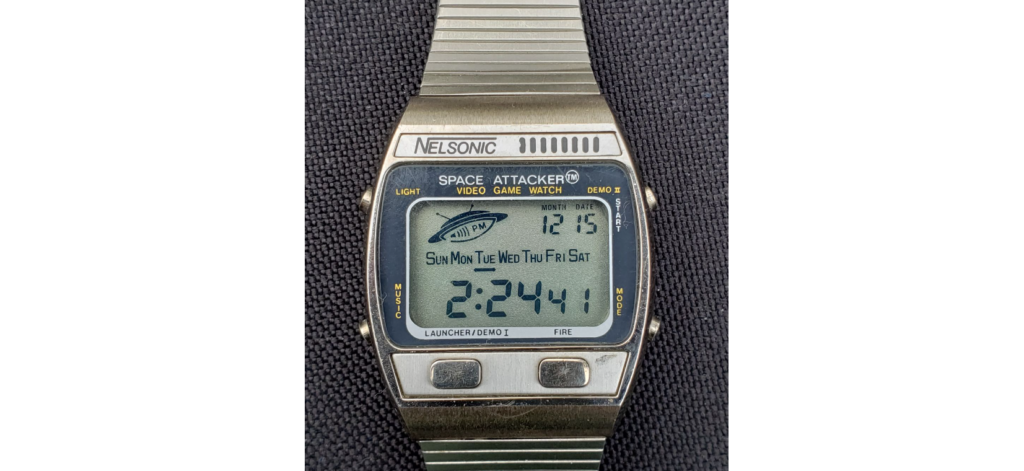
The watches were so lucrative that the manufacturers and suppliers in Hong Kong were naturally incentivized to create as many as possible.
“One of the company’s most prolific suppliers began his business working on the stairs outside his apartment and within only a few years was driving a Rolls Royce,” Frieder said.
The first real game watch success for Nelsonic was Space Attacker, a bulky silver metal case watch with buttons that shot missiles at the descending aliens. The 1981 watch featured full audio for explosions and the beeping aliens.
“The game was very addicting,” Frieder said. “We all wasted many hours playing it. But again, if I recall, correctly it had just a black and white screen. Color screens came later, a factor of technology improving and costs declining. That was Hong Kong’s strongest feature – speed.”
While the company realized a steady income from the sale of game watches, one watch, in particular, had a massive impact on the company.
“Of course, the game-changer was the Pac Man game watch,” he said. “Again, I think the reason Bernie saw this first was because we were the demographic of the kids putting hundreds of quarters into the arcade versions. To play this game on your wrist was just too unbelievable. We had two suppliers in Hong Kong making the game for us. Both had color screens that looked identical to the arcade version and made that thoroughly annoying munching sound. One version actually supplied four colored mini joysticks to insert into the port in the watch face and play the game as if it were in the arcade.”
All said, Nelsonic sold 33 different game watches under a number of different lines, including the Game Watch line, Wrist Game line, Action Watch Game line, and Gamewatch Boy line.
Among the most notable, of course, are the Nintendo licensed games which included The Legend of Zelda, Super Mario Bros., Star Fox, Donkey Kong, and Tetris. Frogger and Q*Bert also got the watch treatment.
Below you’ll find a gallery of my own Nelsonic watch, the classic Super Mario Bros.
Love retro handhelds? Well then, have I got a bunch of stories, videos, and pictures for you.
